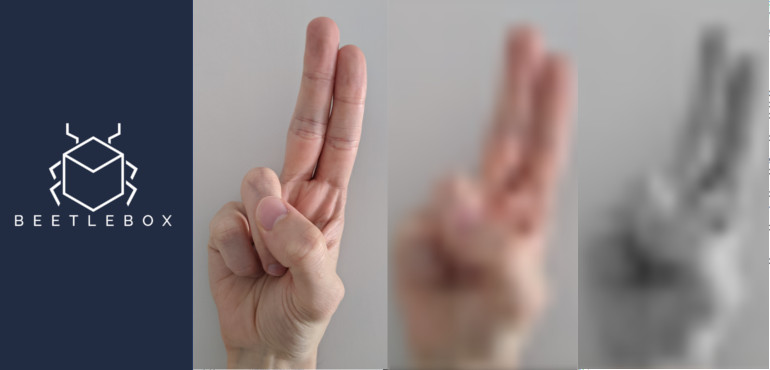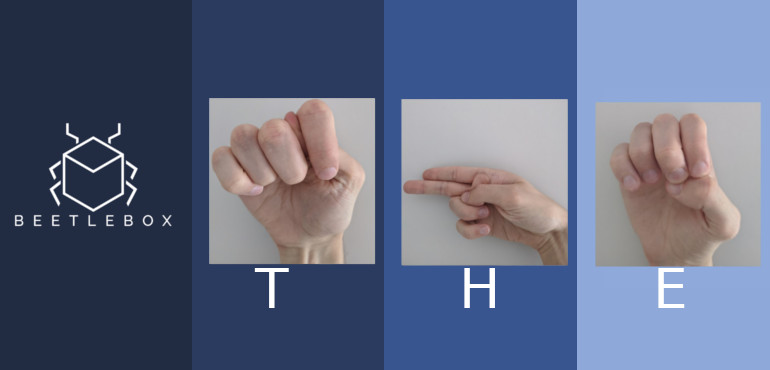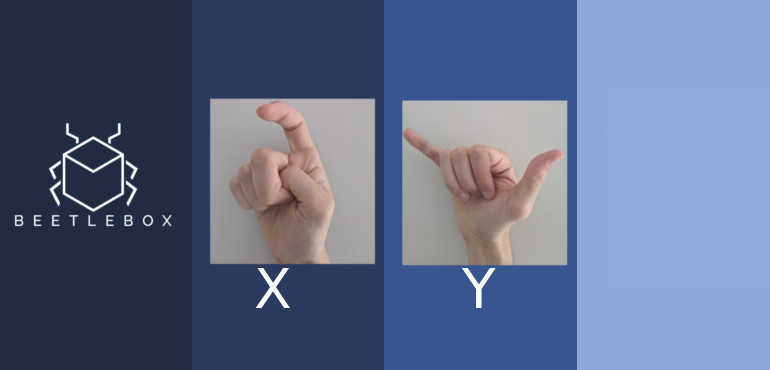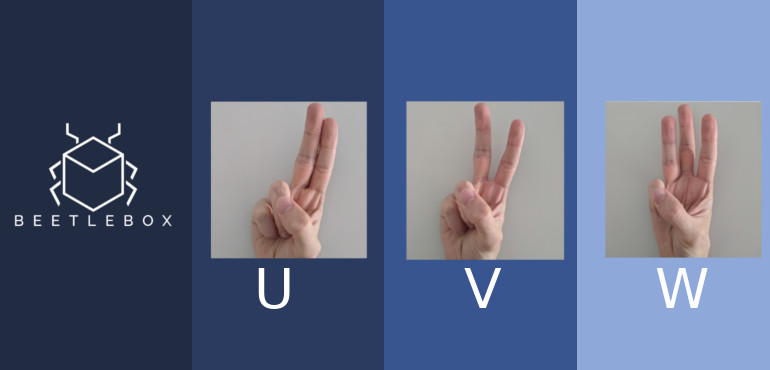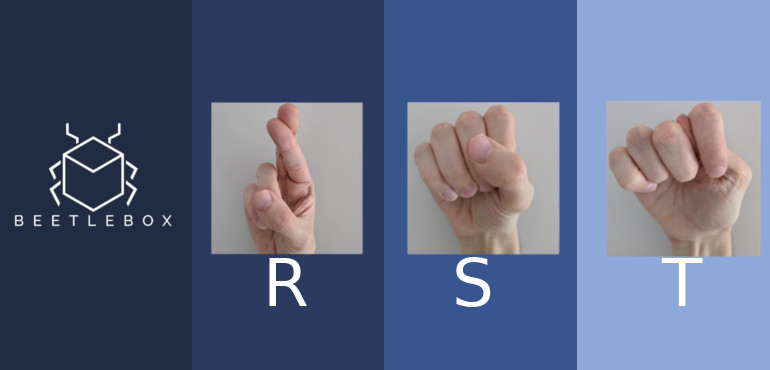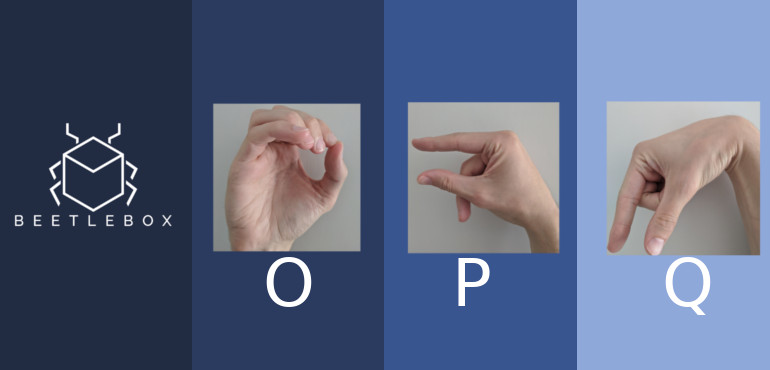Improving Convolutional Neural Networks: The weaknesses of the MNIST based datasets and tips for improving poor datasets
Introduction In our previous tutorial series, we looked at sign language recognition using the sign language MNIST dataset based off the original 1999 MNIST dataset, which is considered the “Hello…
